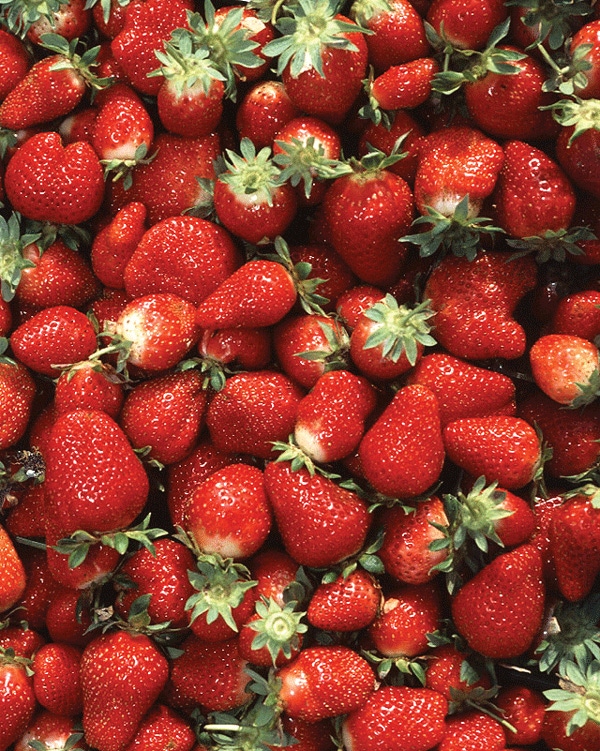
• The grant will help a multi-university team, led by UF plant pathologist Natália Peres, expand its program to fight anthracnose fruit rot and botrytis fruit rot. Over the past four years the team developed a system to predict disease threats and warn Florida growers via a website, text messages and e-mails.• The UF system involves spraying only when there’s high risk of infection, predicted by analyzing air temperature and plant leaf wetness, she said. So far, experiments have shown that growers can potentially reduce fungicide use by half.
November 2, 2010

A research and Extension team based at the University of Florida has received a four-year, $2.9 million federal grant to expand efforts to forecast outbreaks of two fungal diseases threatening the nation’s strawberry crop.
The U.S. Department of Agriculture, through its National Institute of Food and Agriculture, announced the grant. It was one of 28 grants awarded by NIFA through its Specialty Crop Research Initiative. The grants totaled more than $46 million and were awarded to 22 universities and USDA facilities.
The grant will help a multi-university team, led by UF plant pathologist Natália Peres, expand its program to fight anthracnose fruit rot and botrytis fruit rot. Over the past four years the team developed a system to predict disease threats and warn Florida growers via a website, text messages and e-mails.
The grant award demonstrates UF’s leadership in innovative crop disease management, said Mark McLellan, dean for research with UF’s Institute of Food and Agricultural Sciences.
“Natália Peres is a world-class researcher in IFAS and we are pleased that she and her collaborators were able to attract this funding,” McLellan said. “Their work is already helping strawberry growers to protect their crops, save money and protect the environment by using fungicides more efficiently.”
In Florida, the nation’s second-largest strawberry producer, growers often spray fungicides on their plants weekly as a preventive measure, Peres said.
The UF system involves spraying only when there’s high risk of infection, predicted by analyzing air temperature and plant leaf wetness, she said. So far, experiments have shown that growers can potentially reduce fungicide use by half.
The grant will enable the team to test the system in other strawberry-producing states and add a new component to detect development of fungicide-resistant disease strains and advise growers of alternative fungicide options.
“It’ll keep me busy for the next four years,” said Peres, of the Gulf Coast Research and Education Center in Balm. “It’s a pretty good feeling.”
The strawberry team includes UF faculty members Peres, climate scientist Clyde Fraisse, agricultural economists Tatiana Borisova and John Vansickle and numerous extension agents. Other institutions involved are Clemson University, Iowa State University, North Carolina State University and The Ohio State University.
The Specialty Crops Research Initiative was established by the 2008 federal farm bill. It provides funding for research and extension on fruits and vegetables, tree nuts and horticultural and nursery crops.
Nationwide, the specialty crops industry is valued at about $50 billion annually, according to the USDA. Florida’s strawberry crop is worth almost $250 million annually.
You May Also Like



